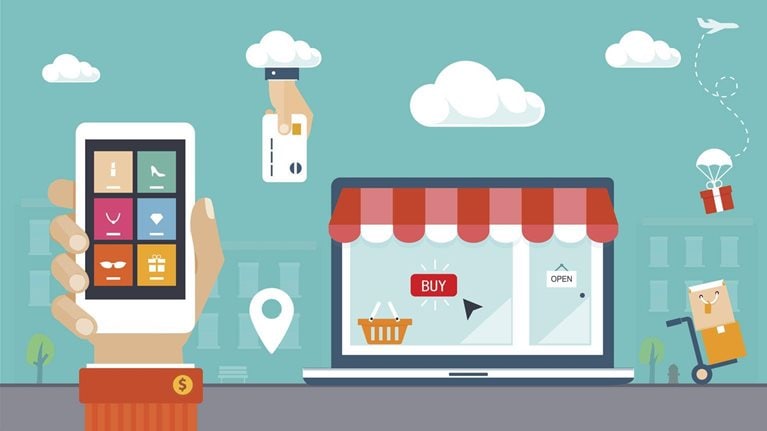Over the past decade, marketers have increasingly turned to social-media networks like Facebook and Twitter to create buzz around their products. But what impact do tweets and other recommendations have on sales, and how can companies get a bigger return on their investments in these important channels?
To get a clearer view, we examined the purchase decisions of 20,000 European consumers, across 30 product areas and more than 100 brands, in 2013 and 2014. Respondents were asked how significantly social media influenced their decision journeys and about instances when they themselves recommended products.1 We found that the impact of social media on buying decisions is greater than previously estimated and growing fast, but that its influence varies significantly across product categories. Moreover, only a small slice of social influencers are creating the buzz.
A growing importance
Social recommendations induced an average of 26 percent of purchases across all product categories, according to our data. That’s substantially higher than the 10 to 15 percent others have estimated.2 For the 30 product categories we studied, roughly two-thirds of the impact was direct; that is, recommendations played a critical role at the point of purchase. The remaining third was indirect: social media had an effect at earlier decision-journey touch points—for example, when a recommendation created initial awareness of a product or interactions with friends or other influencers helped consumers to compare product attributes or to evaluate higher-value features. We found that in 2014, consumers made 10 percent more purchases on the back of social-media recommendations than they had in 2013.
Nuances are essential
Consumers, we found, access social media to very different degrees in different product categories. At the low end, only about 15 percent of our respondents reported using social media in choosing utility services. For other categories, such as travel, investment services, and over-the-counter drugs, 40 to 50 percent of consumers looked to social recommendations.
Product categories tend to have their own discrete groups of influencers. Our data showed that the overlap of recommenders between any two consumer categories was very small—a maximum of 15 percent for any two pairs of products we analyzed. Timing matters as well: a first-time purchaser, for example, is roughly 50 percent more likely to turn to social media than a repeat buyer.
While the role of digital influence is expanding, the analog world remains important. Among the more than 100 brands we studied, about half of the recommendations were made offline—in person or by phone. Offline conversations were up to 40 percent more likely than digital interactions to influence purchase decisions of products such as insurance or utilities.
Power influencers and the long tail
Our research shows that a small number of active influencers accounted for a disproportionate share of total recommendations (exhibit). These power users are even more significant for product categories such as shoes and clothing: 5 percent of the recommenders accounted for 45 percent of the social influence generated.

Navigating in a changing environment
As companies look to maximize returns from their social strategies, they can both encourage would-be customers to engage in more social interactions and inspire more influencers to express enthusiasm for their products.
On the demand side, our research suggests that online articles written by journalists prompt consumers to seek out social media to further inform purchases (and that public-relations spending to generate such articles may be a worthwhile investment). Consumers who use search engines to gain some initial knowledge of a product are also more likely to tune in to social media before a purchase. Companies that spend effectively on search-engine optimization (to move their product mentions to the top of search results) can expect to benefit from a greater social-media impact, as well.
Television advertising, by contrast, tends to act as a substitute for social media rather than complementing it. Relatively few customers were prompted to seek out social influences after viewing a TV spot.3
On the supply side, prompting the long tail of less active influencers may require creativity and a greater use of data analytics. Our research found, paradoxically, that if companies allowed endorsements only, they generated a less strong response than companies that invited any sort of comment. Positive remarks were three times more numerous than negative ones, and some companies demonstrated that they could turn negative vibes to their advantage by responding quickly.
Other companies are amplifying positive noise by making the recommenders’ data “speak.” Through machine learning and the application of advanced analytics to recommenders’ profiles, they obtain a granular understanding of product preferences and purchasing behavior. That analysis becomes a key input into sophisticated recommendation engines that identify potential customers and send them messages such as “purchasers like you bought this appliance” at key points along the decision journey. These engines are highly effective at converting customers,4 though with an important caveat: the influence the engines generate can be as much as 75 percent lower if messages aren’t highly personalized and targeted.
The pathways of social influence are shifting constantly. Looking ahead, better mobile devices and more robust social applications will make it even easier to share experiences about products and services. Companies can’t afford to fall behind this powerful curve.


